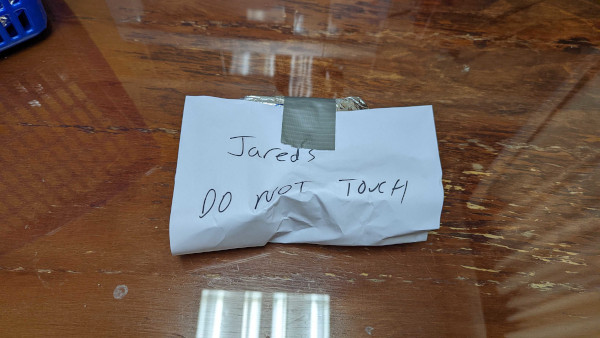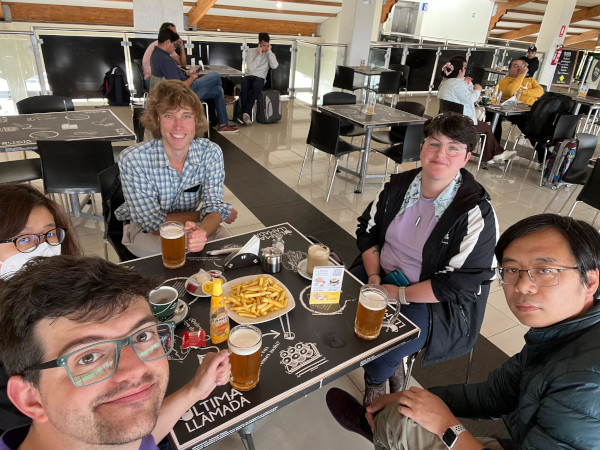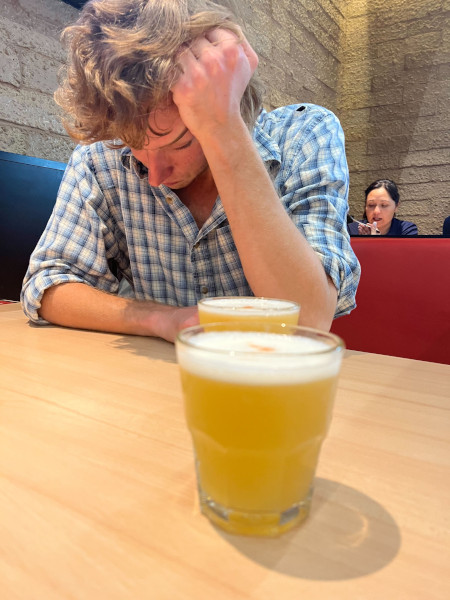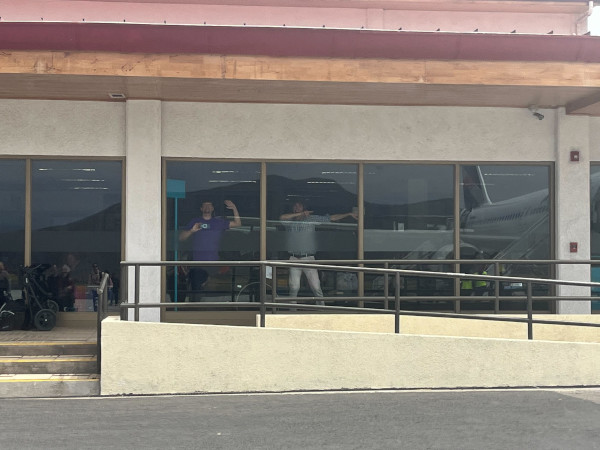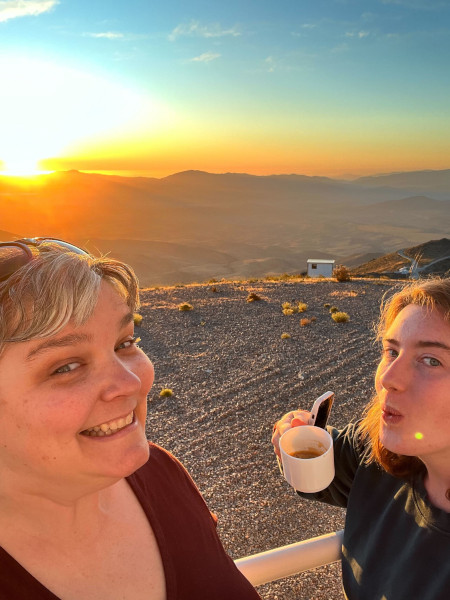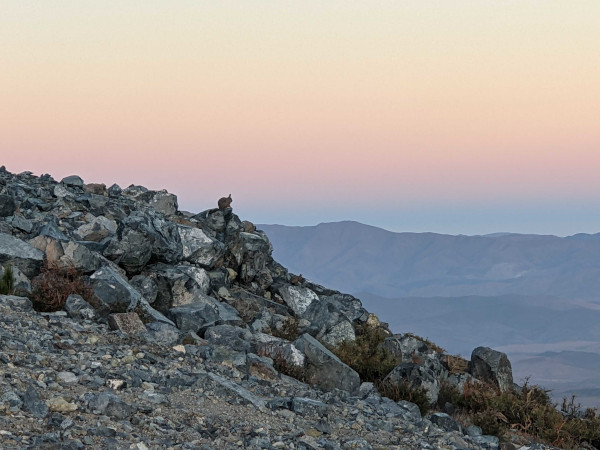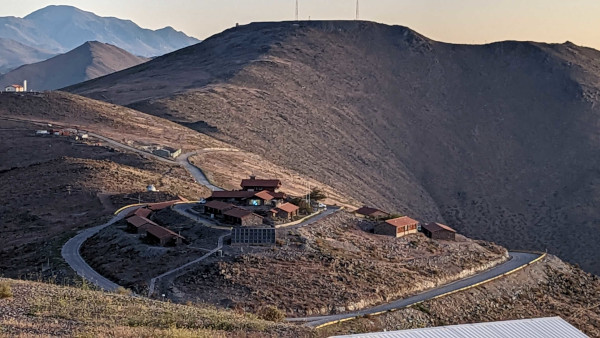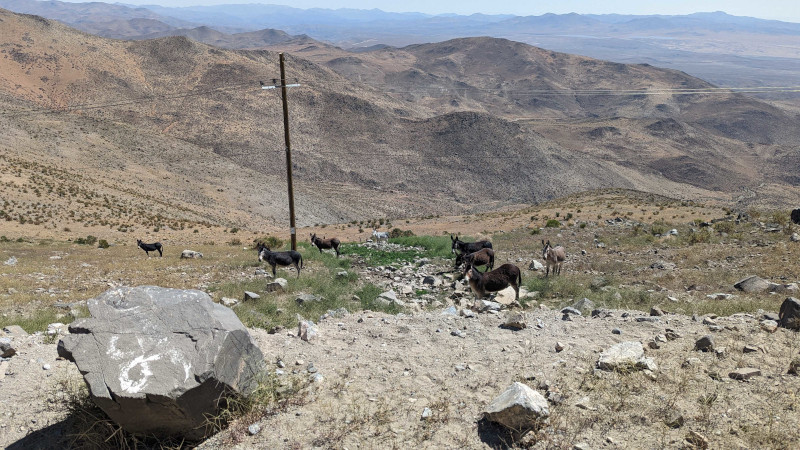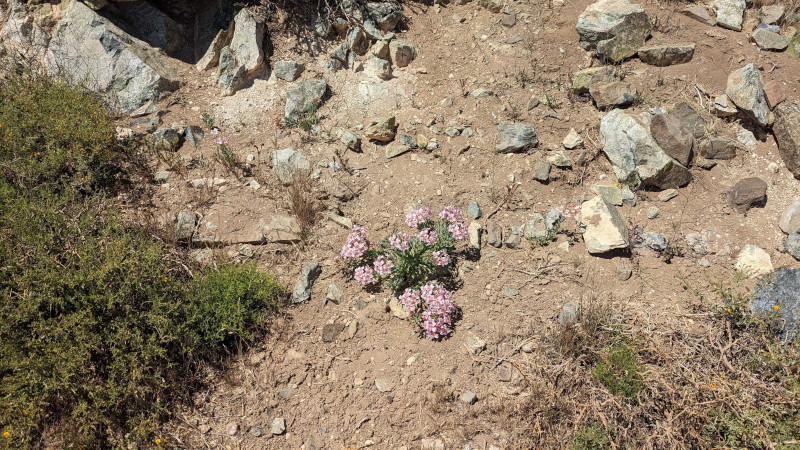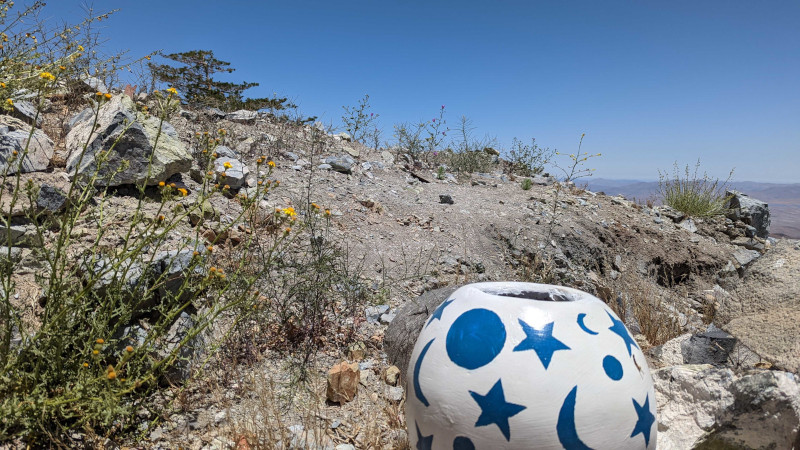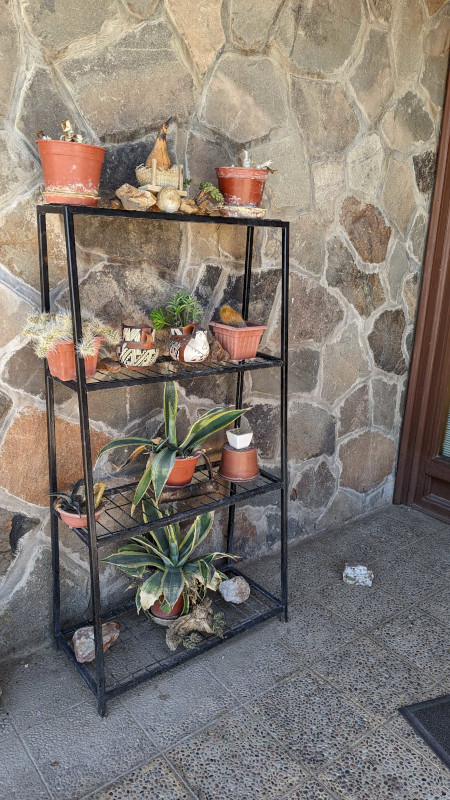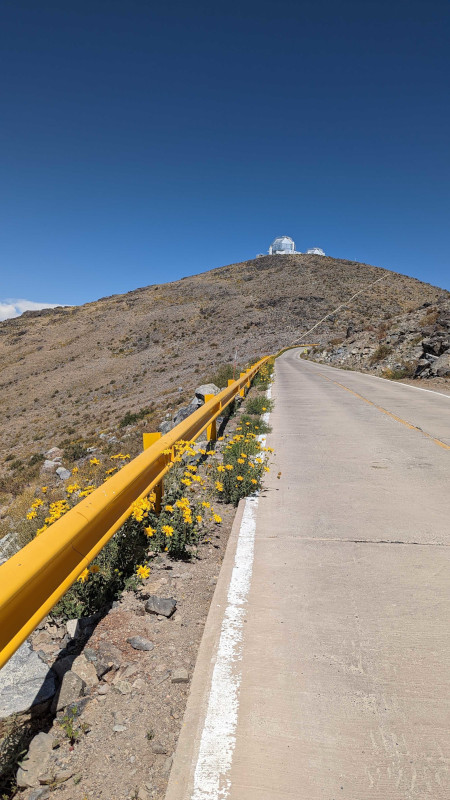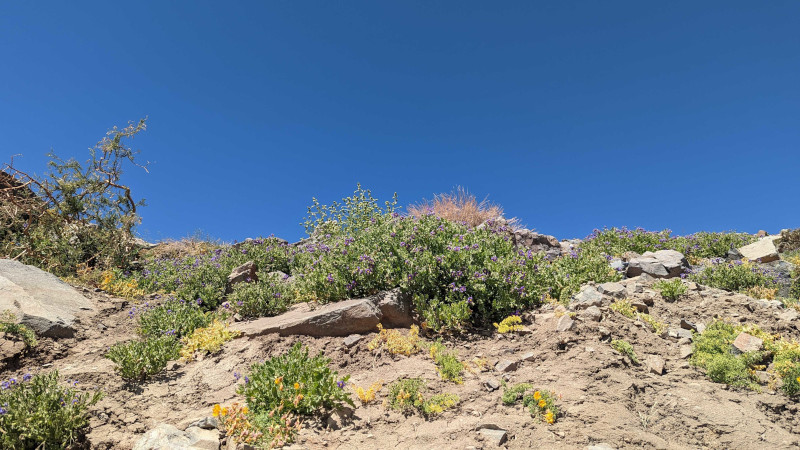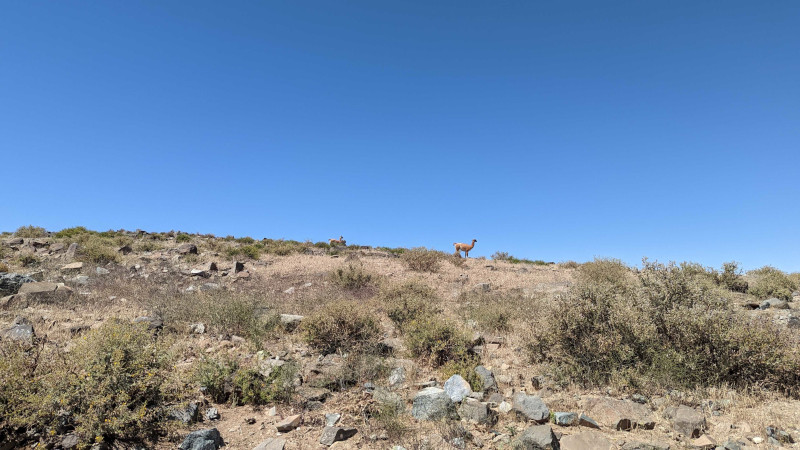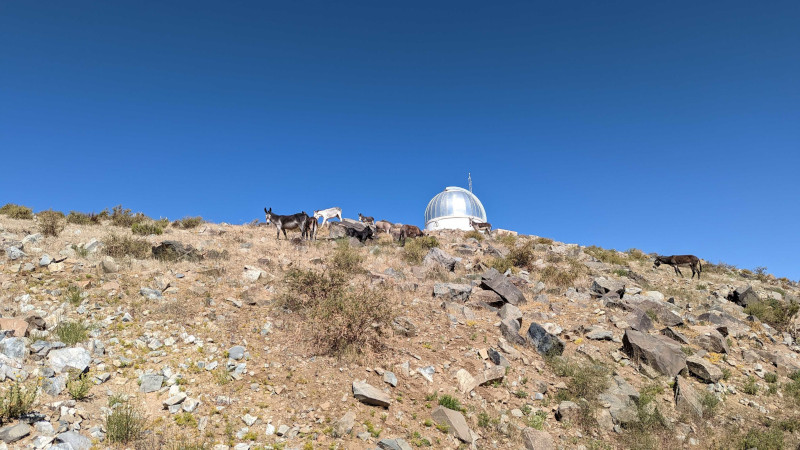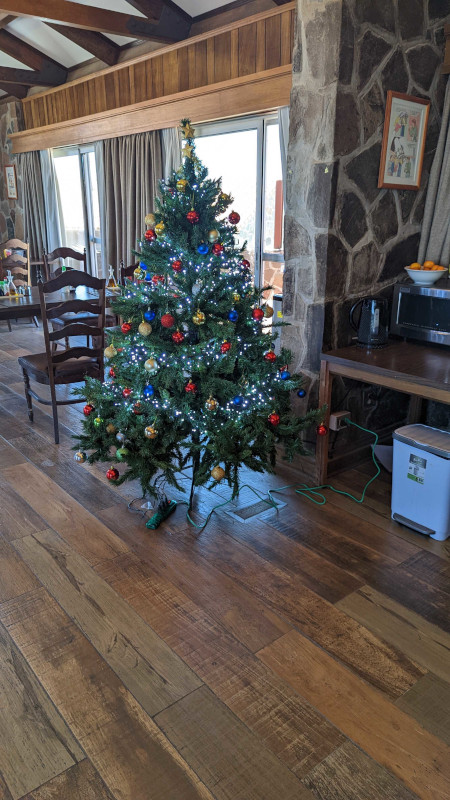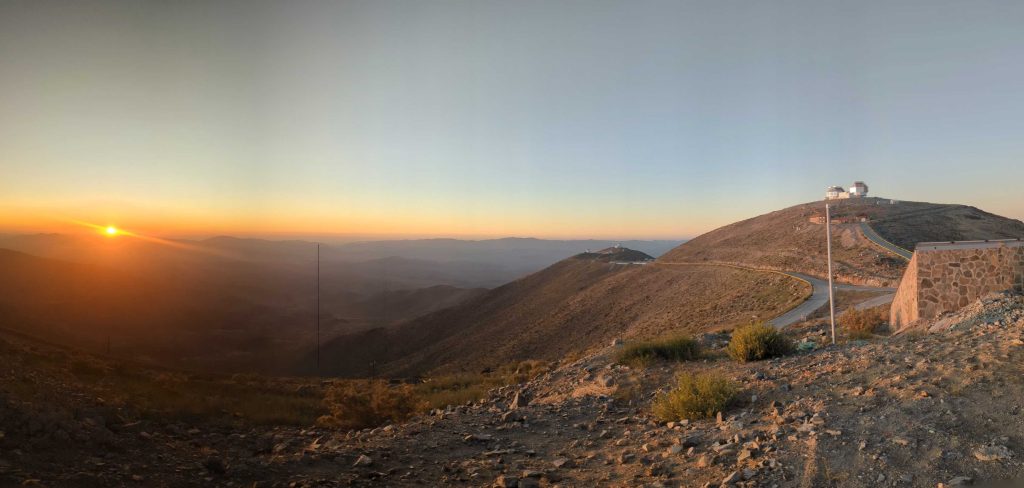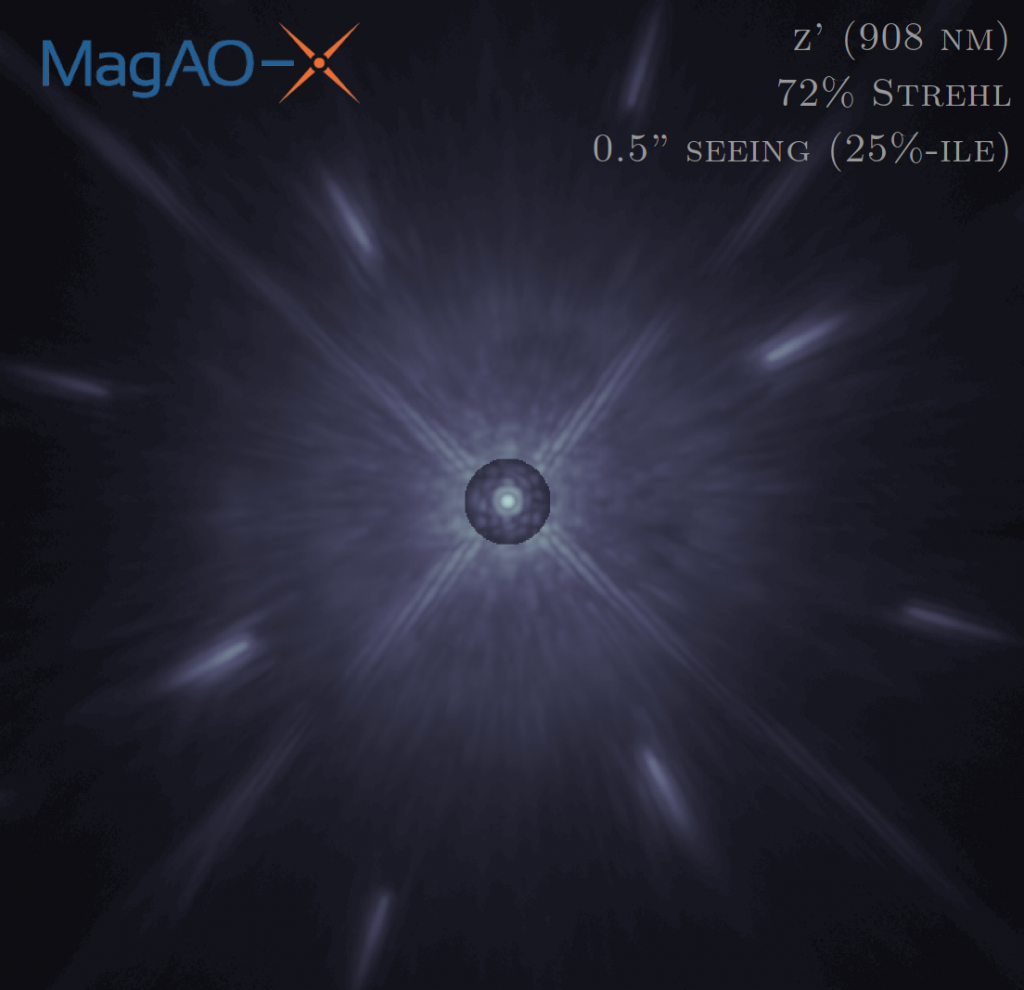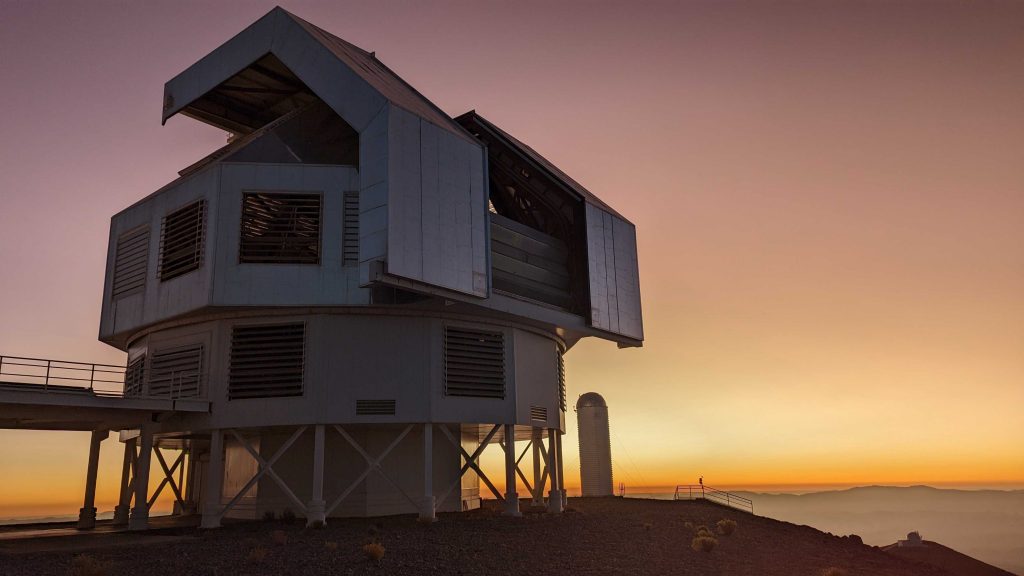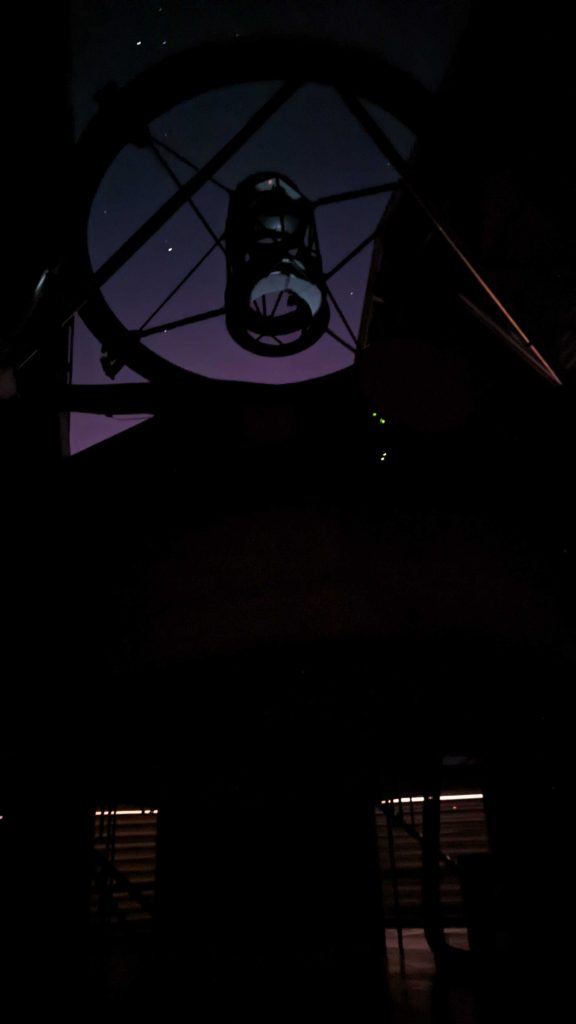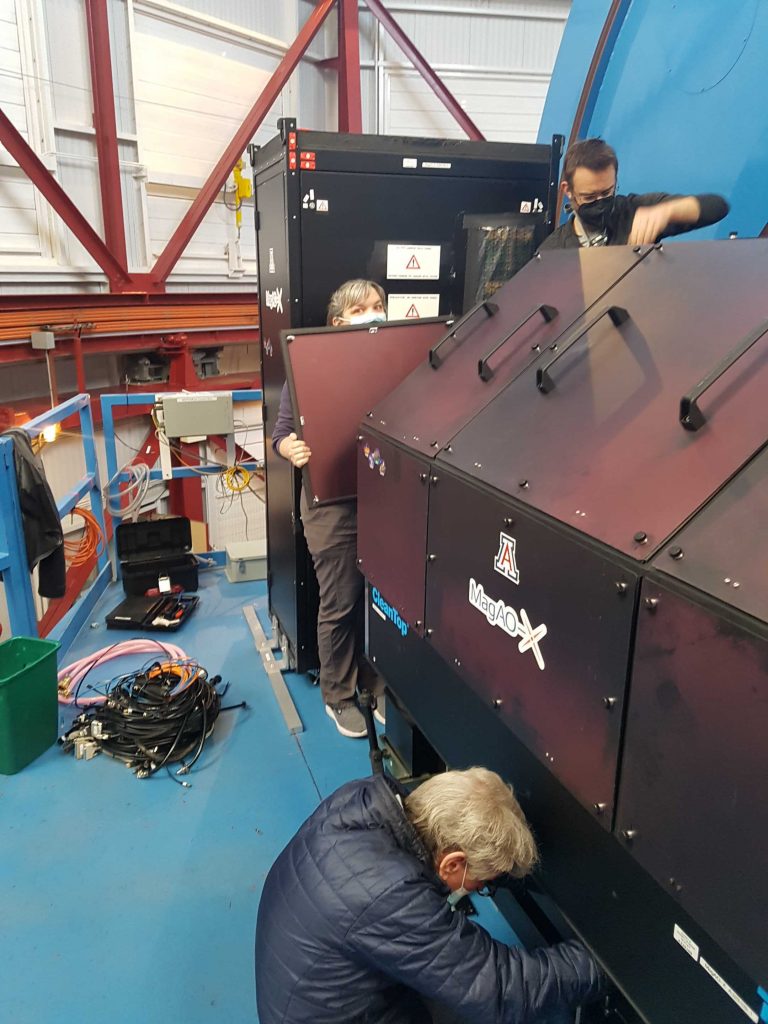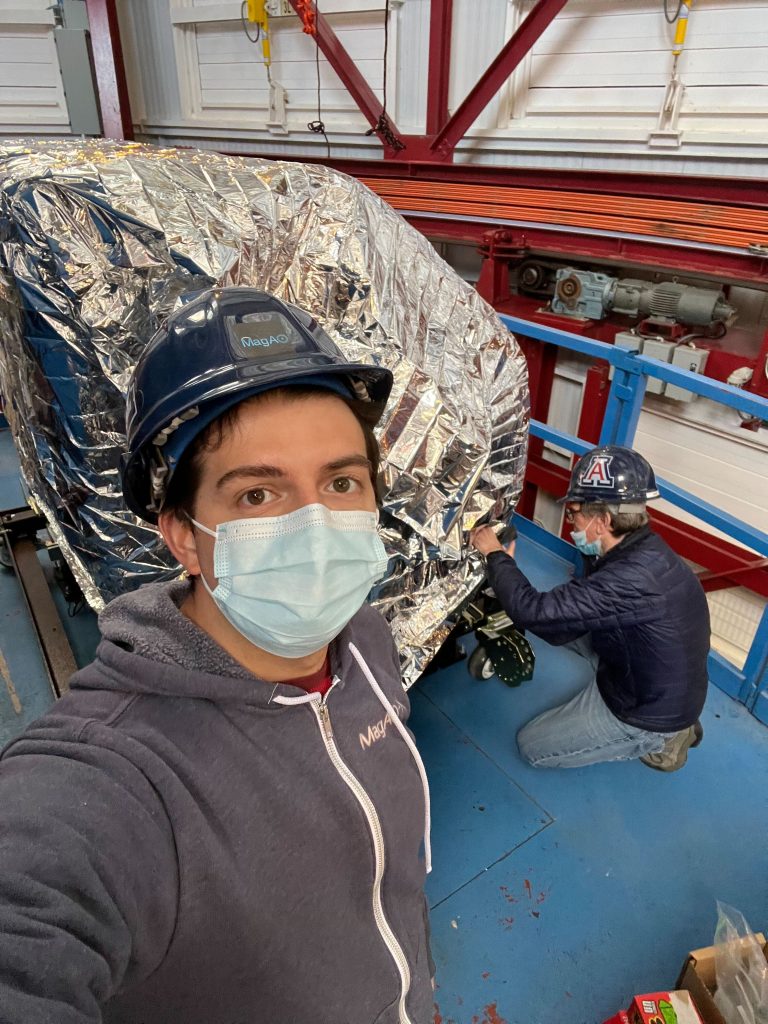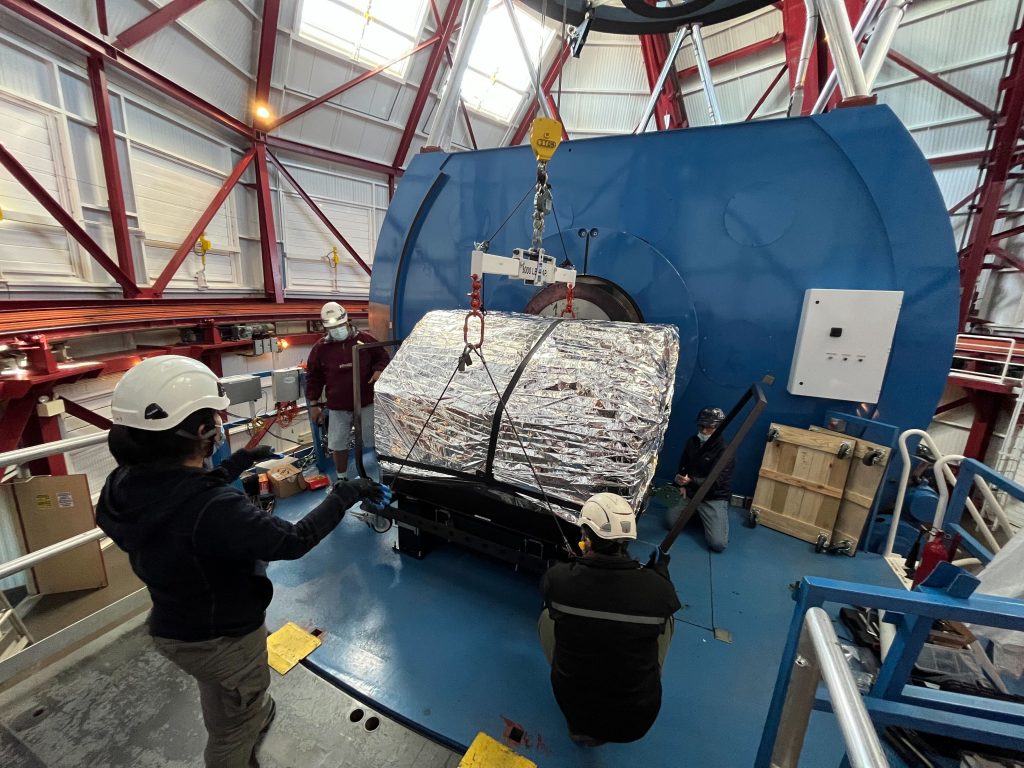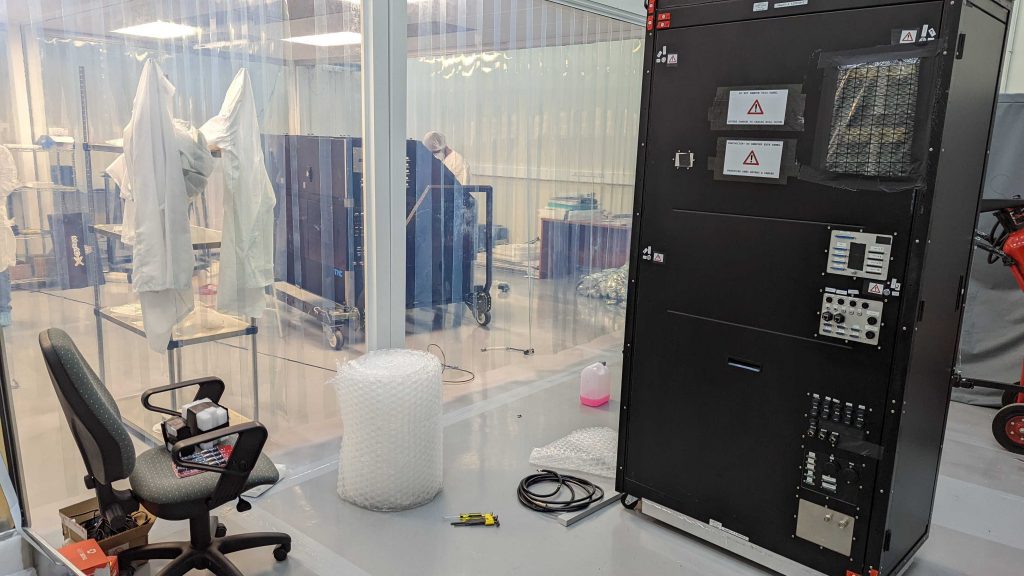Whelp, this run is old enough to drink.
There is a peculiar thing about the way the Universe is constructed: it is nearly, but not completely, impossible for one civilization to detect another civilization (unless they want to be found). That parenthetical caveat is worth explaining up front: essentially all SETI conducted to date is predicated on active, intentional attempts to communicate. There are important and interesting exceptions (like G-Hat, see https://www.centauri-dreams.org/2015/04/16/g-hat-searching-for-kardashev-type-iii/ for an explainer). Since I’m going there, let’s also just deal with the Fermi Paradox: it’s not a thing. It has an entering implicit assumption that there is a statistically significant null result that needs to be explained. There isn’t. To understand this, try to answer the question: “how many derelict Imperial-class Star Destroyers are currently floating around in our Solar System?”. You can use this authoritative reference: and this figure:
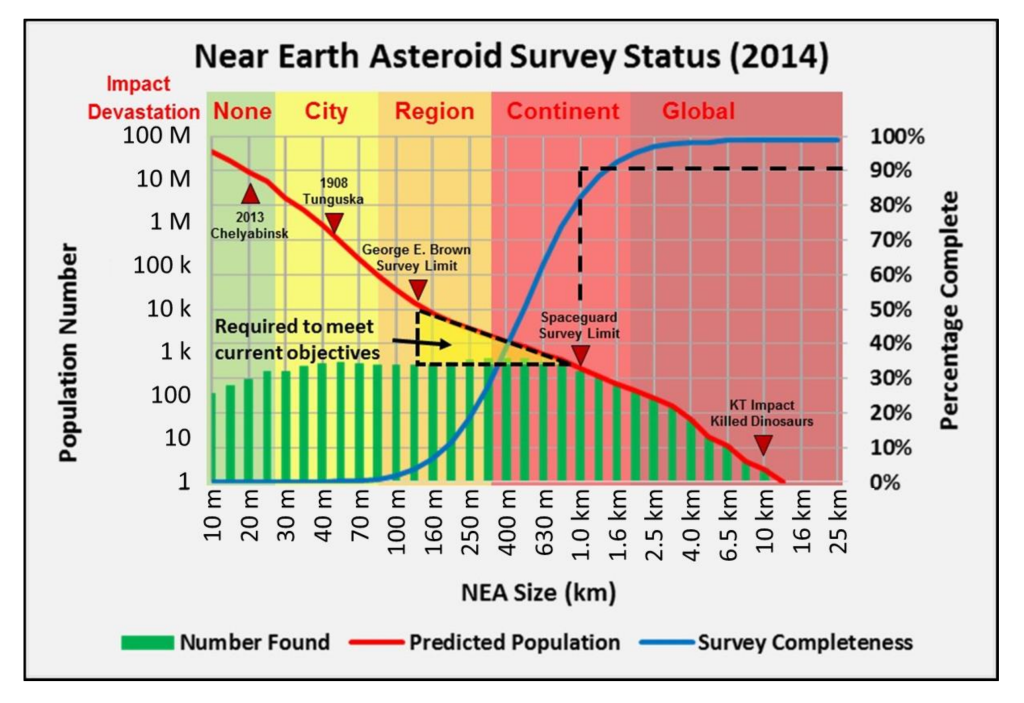
So with all that out of the way, one probably wants to ask: so how would you go about detecting another civilization mister doctor snooty astrophysics dude? The answer is OF COURSE direct imaging with wavefront control equipped large to giant telescopes feeding coronagraphs. But this is where (I think that) it gets a little weird. It’s kinda like the Universe was put together with a set of laws and rules that make it hard to image someone else’s backyard. And, to be fair, this isn’t just a problem for direct imaging. The main fundamental thing that makes it hard to do direct imaging of Earth-like planets is also the thing that makes passive-SETI-for-leakage not a thing: and it’s photon noise.
(Despite appearances, this is an entertainment blog, so this is all hand-wavy-ness intended for Emotional Appeal, plus it’s day whatever it is since I left home and we’re in 2 arcsecond seeing and the TCS is broken and so I’m not that interested. So I’m not going to actually do math or anything. But I can, so don’t try me.)
If you try to measure the brightness of a source that sends you 1 photon at a time, the noise or uncertainty of your measurement of said source’s brightness will be 1. We call this is a signal-to-noise ratio of 1. If the source sends you 9 photons, then the noise is 3, so SNR=3. The noise is always the square root. The main point here is that this is a fundamental property of photons. Now we have to consider the size and brightness of stars and their distribution in space and time. We could go down a deep rabbit hole here, but the bottom line is that stars aren’t bright enough or close enough to give us enough photons to do the wavefront control we need. That square-root thing is the kinda weird (or weird for the purposes of this post) part: it’s just right to make it barely possible, but really f-ing hard.
If you are extremely naive and don’t pay attention to temporal power spectra and closed-loop transfer functions, you come up with answers like “we need picometer precision to achieve the 10 billion contrast ratio to detect an Earth twin”. For reference, a picometer is factors of 100 smaller than the atoms (Aluminum, Silver, Gold) that we coat our mirrors with. My collaborators and I know better, but the point is that it is still f-ing hard. And the barriers once again seem to be coming from fundamental properties of the Universe (here we’re not just dealing with electroweak, but strong force weirdness too).
Not to mention atmospheric turbulence. WTAF is up with that?
This is my grand conspiracy theory: the point to all of these rules is to prevent us from finding out about each other until we get our civilizational shit together. It’s like photon noise and the distribution of baryons are playpen walls. You can’t climb out until you’re ready. You have to be able build the telescopes, and focus the resources on the optics and mechanics and signal processing and control theory to achieve the needed measurement precision. You have to be able to build 25 meter ground based telescopes, and 6.5 meter space telescopes, and you have to solve the horrific challenge posed by bureacracy while you’re at it.
But now I’m going to drive this blog post off the rails. I actually wonder, sometimes, in the middle of the night (or trucking strikes and pandemics) if the Universe is actually a dirty ref. Do you ever get the feeling that there’s always something? Some examples: the pandemic seemed perfectly timed to kill our momentum; just when we are getting going again, the trucking strike costs us a bunch of time and money; our inspiration project SCExAO is currently losing time due to a (another) volcanic eruption. Etc. My self-centered delusions of galactic-scale importance draw some inspiration from this under-appreciated piece of Charlie Sheen magic:
Look, I’m not saying it’s aliens. But it just might be aliens. At the very least, we have a long ways to go in terms of perfecting the Kung-Fu we practice to the point where we can start searching extrasolar worlds for life. I really do believe that we (MagAO-X, SCExAO, XWCL, UASAL) as a team can pull this off, and are doing things the right way with the right engineering and project management approaches, and of course some awesome amazing-team dynamics. But will the Universe let us?
As they say, Like-Follow-Subscribe and maybe you’ll find out. But if I’m right we have many more adventures ahead of us.
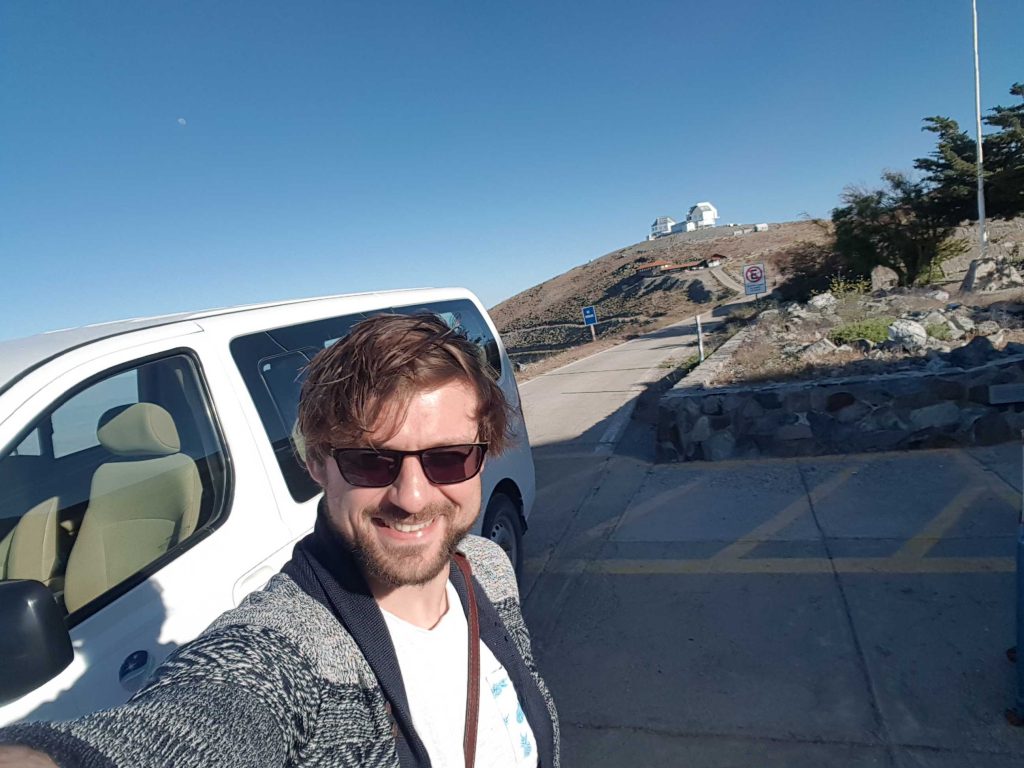
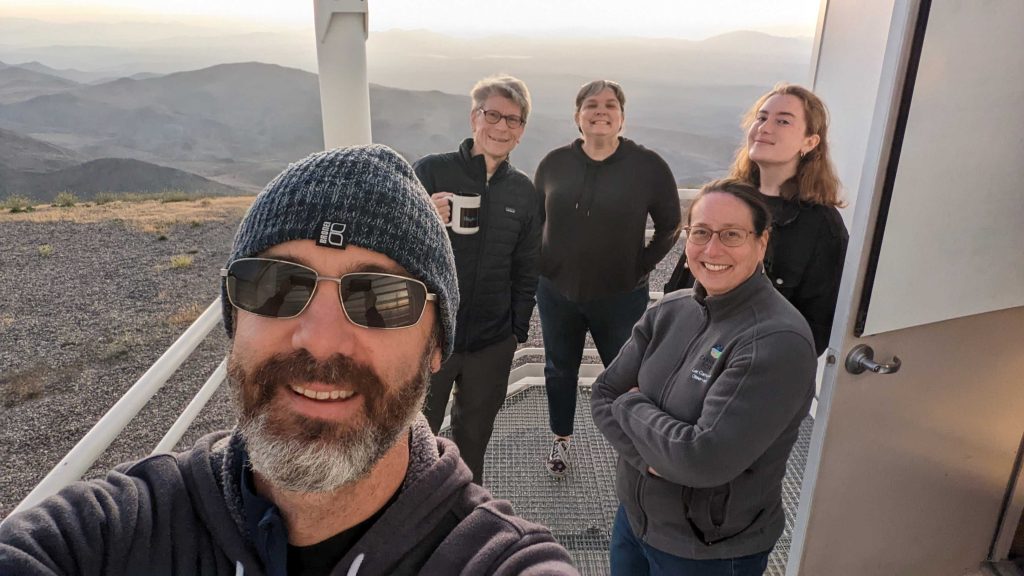
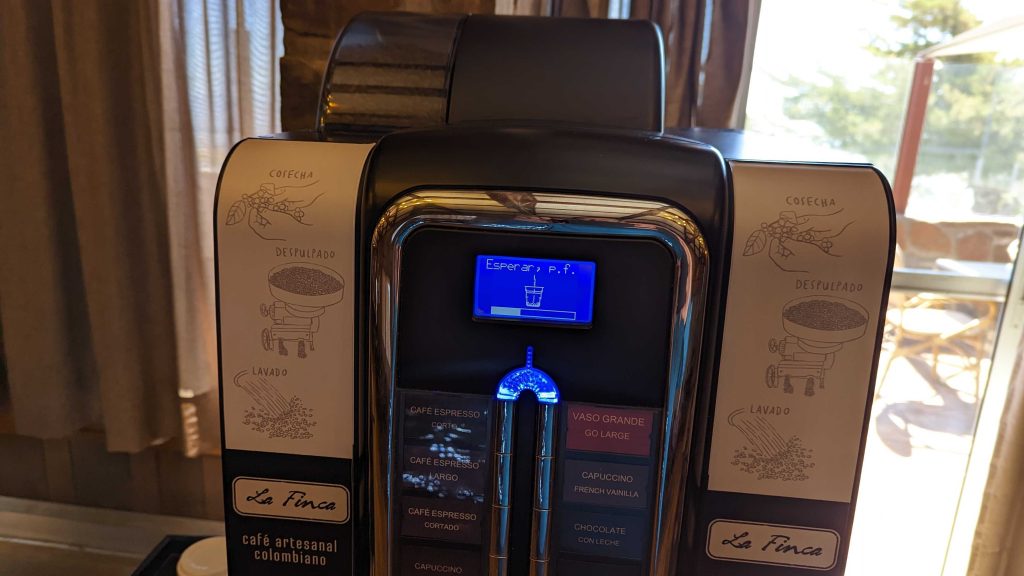
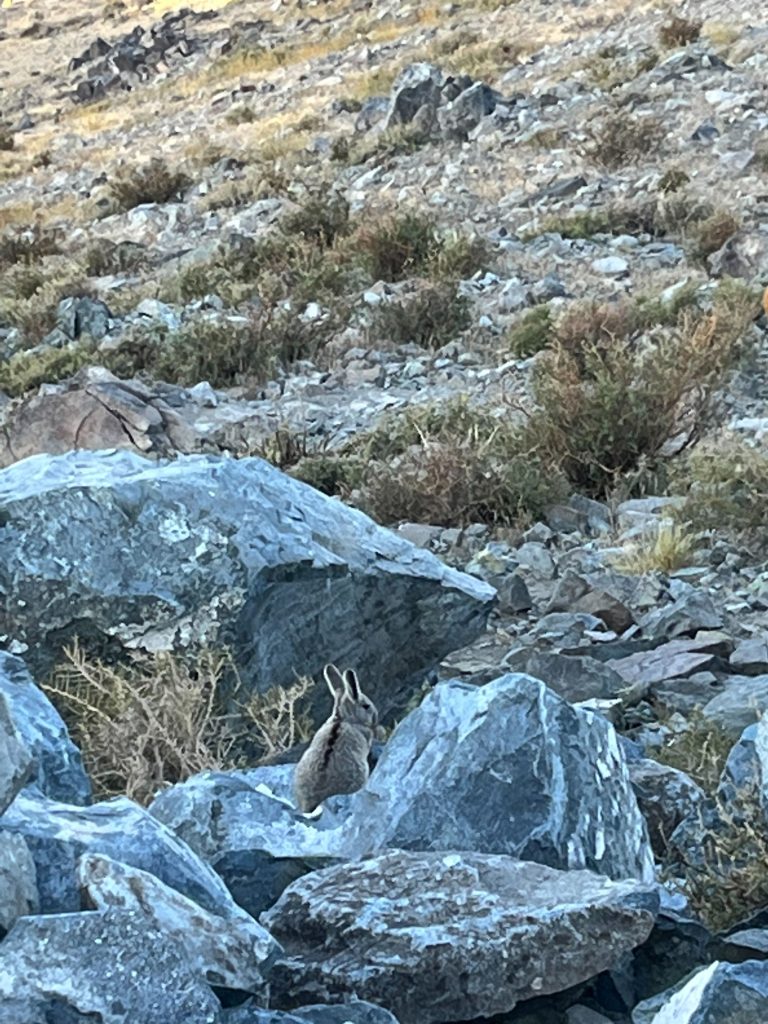
Today’s song of the day poses a question: is it a Daughtry cover if he never sings?
